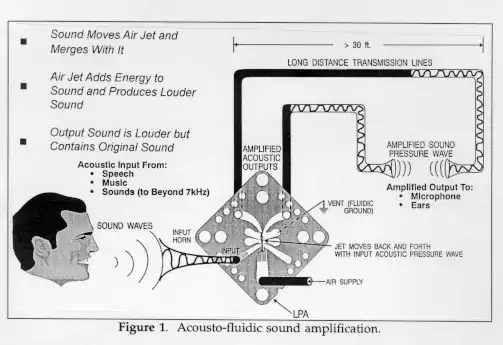TL;DR : These parameters can indeed be controlled mechanically, though not to the extent enabled by today's synthesizers and software.
Pretty much all of the instruments of the traditional orchestra can adjust some or all of these parameters mechanically. They existed well before synthesizers were a thing, though the terminology was different.
Let's take the piano as an example:
Frequency (pitch) is determined by the length and diameter of the string, and controlled by the keys.
As for volume adjustment, the piano can play a range of dynamics, from quiet (pianissimo) to loud (fortissimo). That's actually the killer feature that made piano so popular during the Romantic period. Mechanically, this is caused by hammers hitting the strings with varying strength.
Filtering occurs in conjunction with dynamics. The higher the volume, the brighter the sound (meaning more energy in the high part of the spectrum). The soft pedal can also be used as a "low-pass-ish" filter.
When it comes to synthesis in the mechanical world, the pipe organ can arguably be considered the very first synthesizer in Western music. By combining sets of pipes, it is possible to change the overall sound, much like performing additive synthesis.
Edit: As pointed out in the comments, ADSR envelope can be controlled mechanically to some extent, for example using the sustain pedal of the piano. The envelope of string instruments can be modified by using - or not using - a bow: think of the double bass in classical music (bowed) VS double bass in jazz (fingered).
It is worth noting that, in purely mechanical instruments (and arguably in analog synthesizers), it is almost impossible to adjust one parameter without another varying accordingly, for example frequency and volume, or volume and filtering. Think of an oboe player trying to produce the highest notes of the instrument at low volume, that's near impossible.
As for arpeggiator, you might want to take a look at punched cards and how they were used to generate melodies, typically played by barrel organs. This contributed to the start of electronic music at the beginning of the 20th century.
